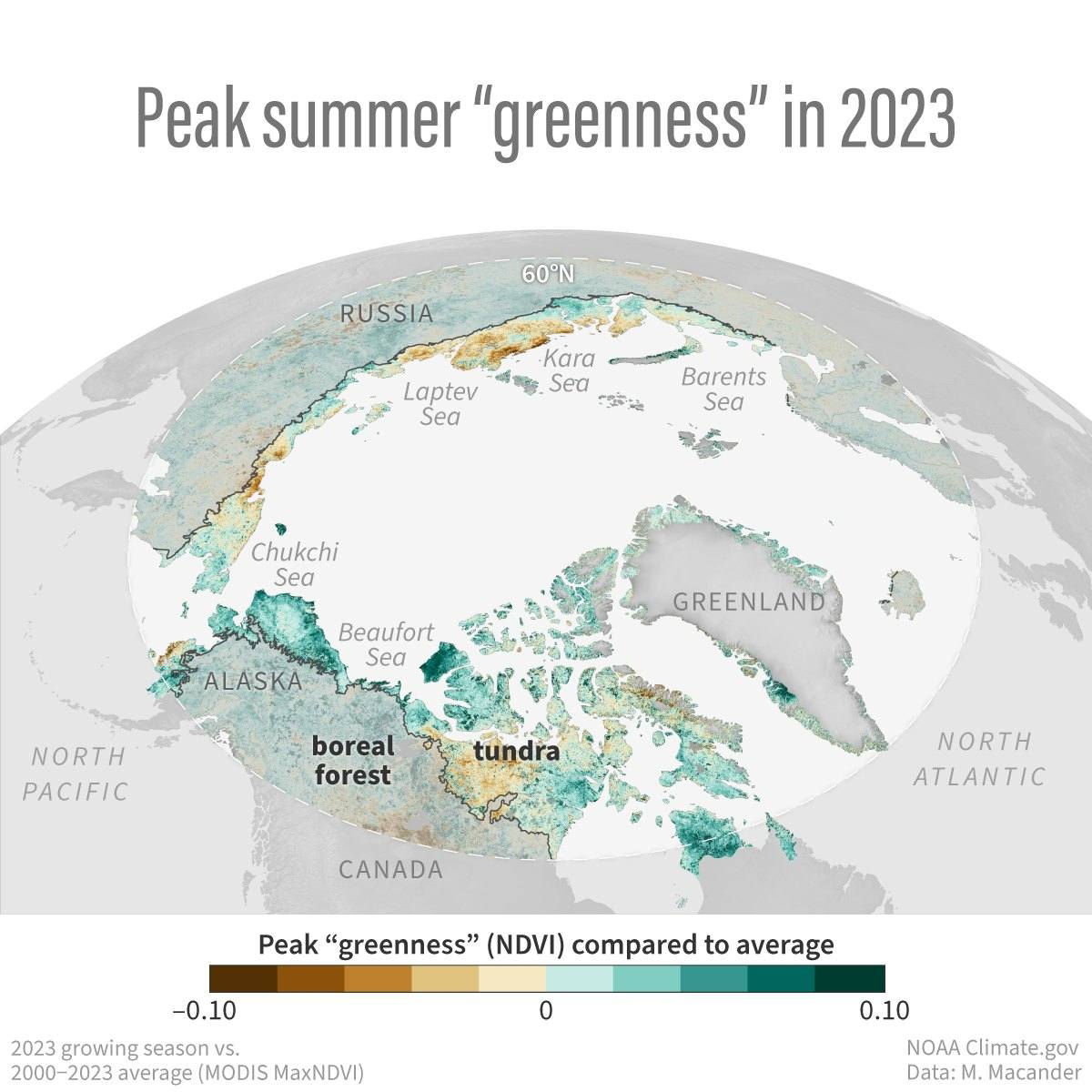Von Kármán vortex cloud swirls from Jeju Island of Republic of Korea (South Korea)

This Copernicus Sentinel-3 image acquired on 19 April 2021 shows several vortical cloud patterns swirling downwind south of the Spanish Canary Islands, off the coast of northwestern Africa. These beautiful spiral clouds, known as Von Kármán vortices, form when atmospheric circulation is disturbed by the presence of mountainous obstacles. The peculiar spiral clouds which can be seen in this image were formed as the wind airflow was deflected by the relief of the Canary Islands. These Von Kármán vortices can be seen extending 400 km southwest due to the strong trade winds that were blowing at the time the image was acquired. The study of atmospheric phenomena is fundamental to the understanding the fluid dynamics that underly numerous scenarios of our daily lives, from aircraft take-offs to the change in weather conditions. Open data supplied by the Copernicus Sentinel-3 mission are crucial in the advancement of scientific knowledge on cloud dynamic...


